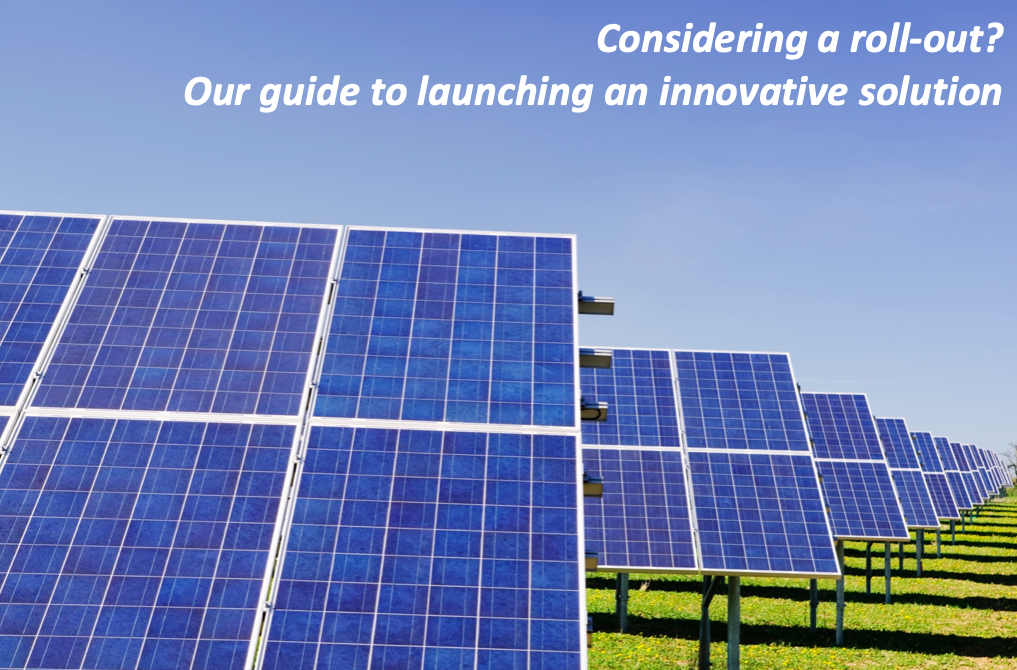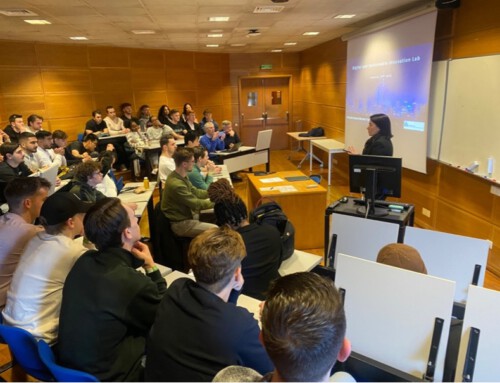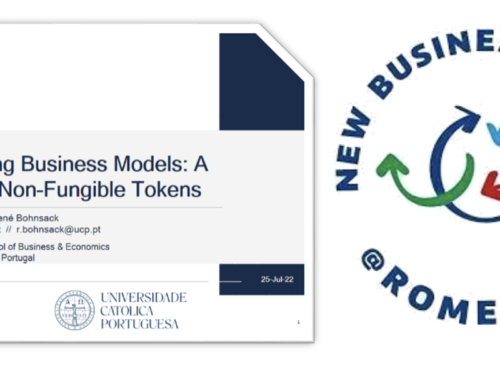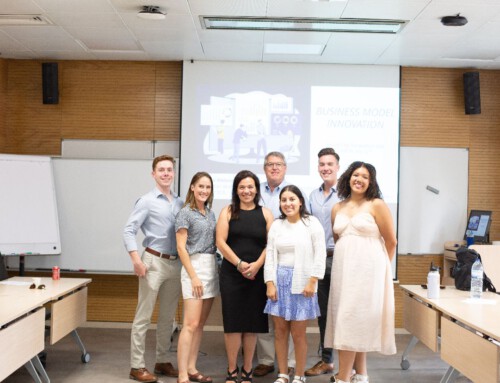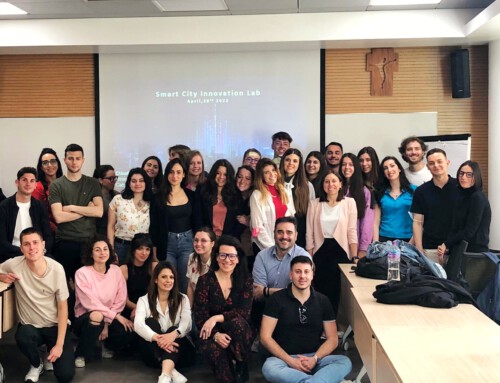In a recent post, we introduced the Business Model Replication Tool that supports you in screening different markets to internationalize your energy business model. Once you have identified one or several markets where you seek to internationalize the challenge remains on how to actually roll-out your energy business model and conquer the market. Where to start? What to do? What not to forget?
Imagine you have developed a smart solution that fosters the switch to renewable energy provision. Additionally, it enables formation of an energy community and allows for flexibility service provision. That’s amazing! But how to turn this technology into a viable business? Research has shown that most of pilot projects that are set up to test new technologies addressing urban sustainability issues fade after the project stage and fail to generate scalable solutions. So, we focused on creating a roadmap to ensure a successful implementation of your smart solution.
Studying former projects revealed a lack of guidance regarding the implementation of smart technologies. Drawing upon our research on business model implementation, we identified that rolling out a smart solution necessitates the creation of a new venture. New venture creation describes the process of identifying a new venture idea in an enabling environment, engaging in entrepreneurial activities and evaluating the new venture idea.
We consider a new venture with multiple partners and hence a partnership roll-out for the following reasons. The development of the roll-out plan has been undertaken within the framework of the H2020 project inteGRIDy with the vision to support the energy industry in its transformation toward more sustainable business models. In many pilot cases of the project, there are at least two or more technology providers participating in developing technological solutions. Thus, it is important to reflect the interests and strategic intentions of participating parties by adopting a multi-stakeholder perspective. Additionally, the lack of scaling of innovative solutions is perceived as a major problem. Scaling is especially difficult for small and local players, as they lack sufficient resources and experience. Forming strategic partnerships can help to overcome the difficulty of scaling by sharing resources and knowledge among each other
Taking this into consideration, how does the market roll-out look like?
See the following graph for an overview:
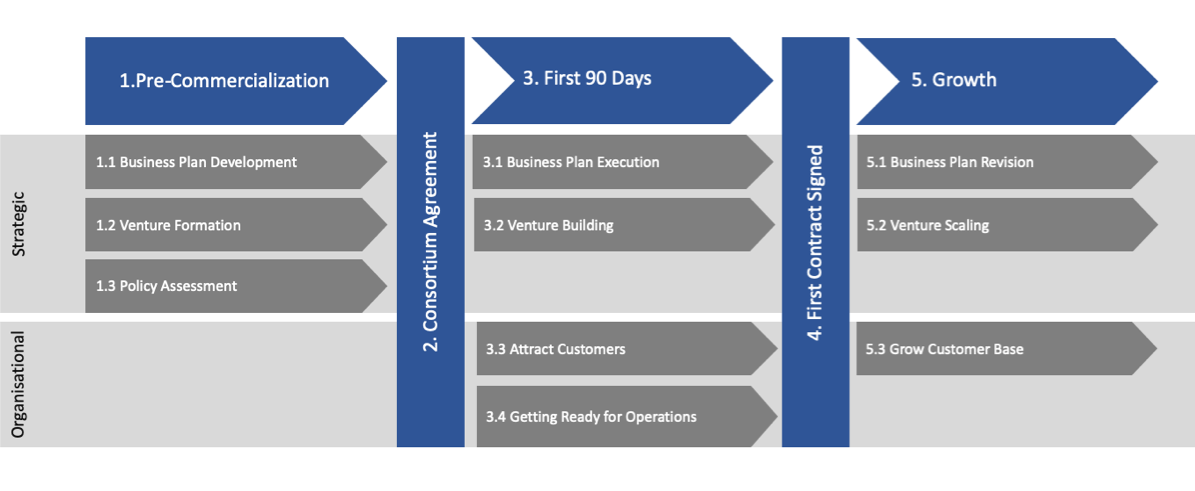
A market roll-out typically follows the sequence of three phases:
- Pre-commercialization
- The first 90 days and
- Growth
These faces are divided by two milestones:
- Consortium agreement and
- First contract signed
The pre-commercialization phase entails the strategic goals of developing a business story and plan, forming a new venture, and policy assessment in national and international contexts. All partners involved should assess and reflect on their roles in the project and consider opportunities for forming partnerships in order to bring the developed technological solution to market.
A consortium agreement represents the first milestone, whereby a group of external and project partners achieve an agreement on bringing the solution to market. Drawing upon academic literature on start-ups, we define a period of 90 days in order to build the venture that executes actions to bring the business plan to reality. On an organizational level, marketing and sales as well as practical matters need to be addressed. The signature of the first contract, i.e. agreement for sales of the technological solution, represents the second milestone.
After this, the technological solution has been successfully rolled-out to the market, and it is upon the consortium to keep the operations growing. Consequently, the third phase is dedicated to growth and involves the revision of the business plan, venture scaling and intensified marketing activities.
Ready to roll out your energy solutions? Find here an actionable template for each step together with instructions on how to use them. Download the templates, gather your partners and work together on rolling out your technological solution by filling out the templates.
Follow this link to learn more about the H2020 project inteGRIDy with the vision to support the energy industry in its transformation toward more sustainable business models.
If you have any questions, we are happy to help!
Contact us via info@smartcityinnovationlab.com.

